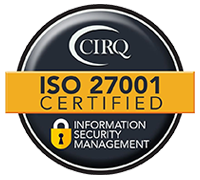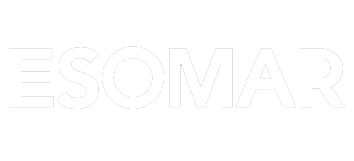Humanetics Digital Case Study
Shaping the Future with Humanetics Digital North America
What does the average US customer’s body look like? How tall are they, how long are their arms and legs, how wide are chest and hip circumferences? Can anyone confidently answer without subconsciously accessing their own biases? Humanetics Digital North America (formerly Human Solutions of North America) helps companies in several industries – such as automotive, and clothing – to answer these questions with up-to-date and precise data. For example, they build digital and physical mannequins based on real human data from 3D body scanning surveys; helping brands to create products and solutions that are truly fit for consumers. L&E has been partnering with Humanetics Digital in the US since 2017, when Humanetics Digital North America was aiming to recruit 18,000 people aged 6-75 years, for the biggest Sizing Survey to-date.
A Unique Partnership Tale
“Humanetics Digital North America had the technology and know-how to execute the survey, based on previous surveys on other continents, but the recruitment and participation level needed a boost” explains Andre Luebke, General Manager Humanetics Digital North America, “and that’s when our Project Manager, my wife Andrea, reached out to L&E to get a quote for recruitment services and additional scanning locations.” Here’s a curious story: “1 year earlier our son was recruited by L&E for a study for one of their clients; so, Andrea thought that they might be able to also help Humanetics Digital, finding recruits for this project. Luckily, she was right, and that’s when our partnership began.”
Humanetics Digital NA collects data of US customers and provides solutions to companies who aim to make their customer-centric products better; a better fit, from jeans, to shoes, to mattresses, to cars, to strollers, car seats, and diapers. L&E’s expertise in connecting businesses and consumers translated perfectly, and they identified and invited participants for the survey…a much-needed game changer. “We had to scan in Tampa, in Columbus, in Cincinnati and other locations. Everywhere we went L&E was able to find people” continues Andre. L&E came to their aid by providing a cost-effective solution for recruiting participants for the study.
While looking for potential partners, Humanetics Digital found a lot of pushback on pricing “L&E was flexible enough to say, that’s a bigger project, we see a bigger potential.” This willingness to work with Humanetics Digital’s specific needs and budget constraints cemented the collaboration: “if they would not have been that flexible,” continued Andre “we wouldn’t have kept working with them and, we wouldn’t be continuing with such a long-term relationship.”
Finding the right people
The collaboration became long-term thanks to the growing trust, but also to the “large pool of panelists that are in L&E’s portfolio, which has provided enough firepower to recruit people for each project” says Andre. When looking at North America, the pool of participants needs to reflect the overall population, for example in the original project, “we had set ourselves hard targets” continues Andre “we needed a percentage of people belonging to different ethnicities – for example, 10% African American, 10% Hispanic, 10% Asian, etc. – and certain age groups.” Projects can be as specific as scanning people with “self-identified sizes. So, we might need someone who identifies as a medium, as a small, and so on. L&E is really helpful in finding those people.”
Growing together for greater market impact
Andre also noticed that “Other companies are now aware of what we do” and are realising that “it’s easier to go to Humanetics Digital and get 2000 people scanned, rather than buying their own scanner.”
Humanetics Digital have continued their collaboration with L&E to offer a truly unique service that brings a new level of precision and dynamism to the industry. L&E and Humanetics Digital have transformed the relationship between two companies, from a standard customer-client interaction to a true symbiotic collaboration.
Get Notified About Events and Publications from L&E Research









